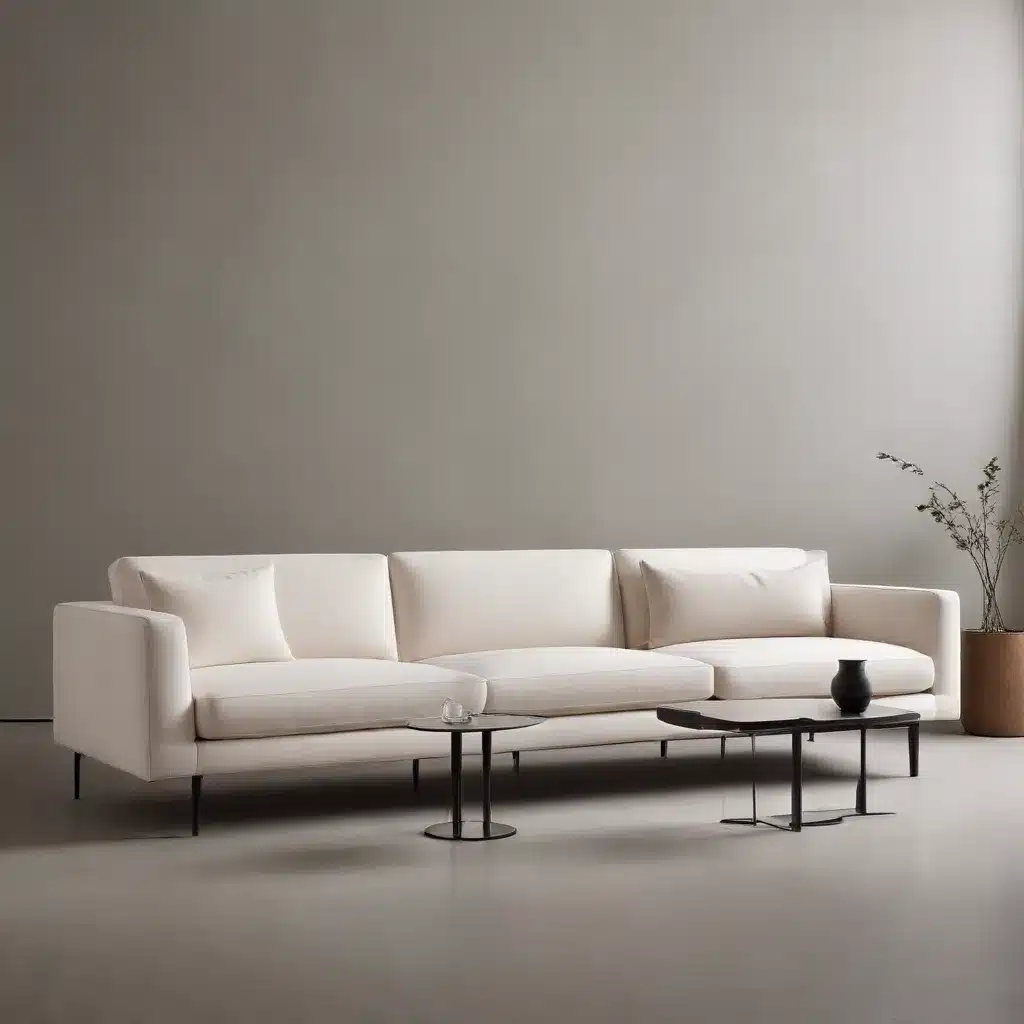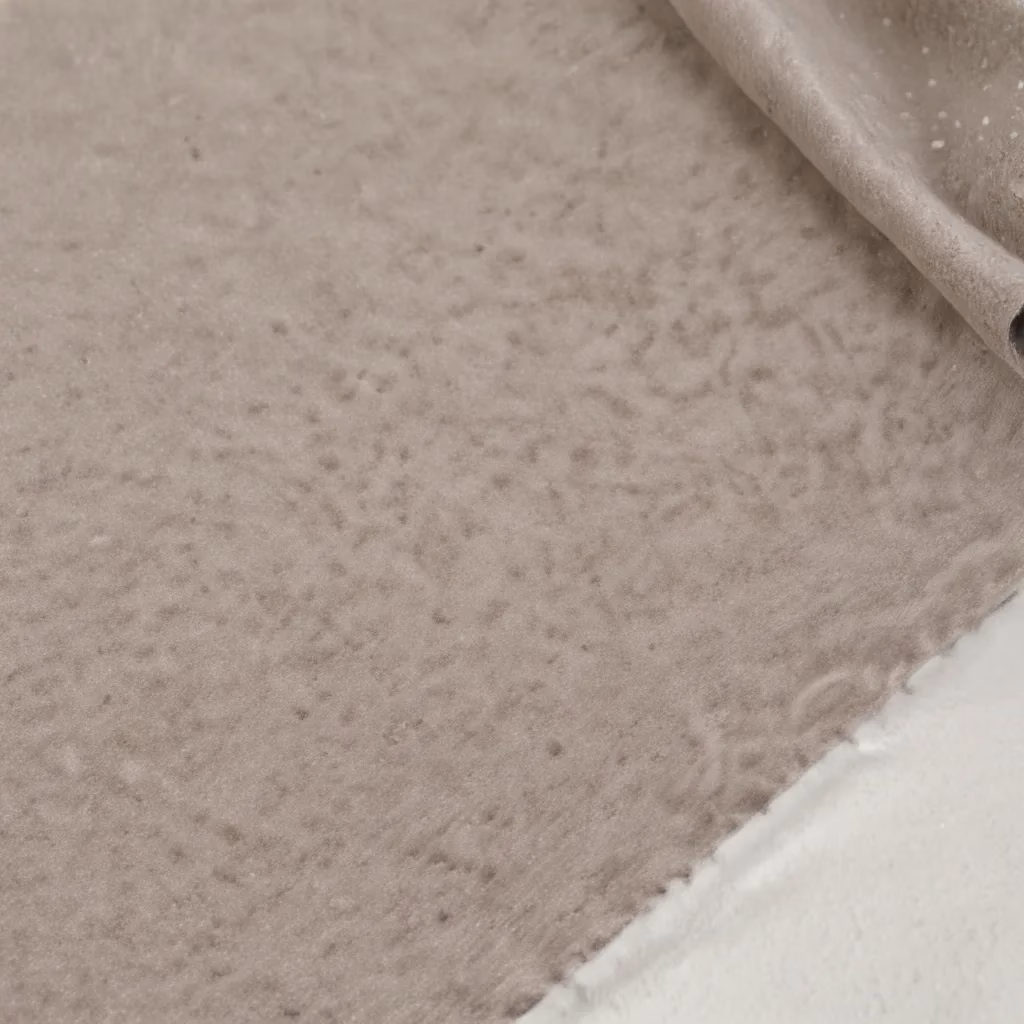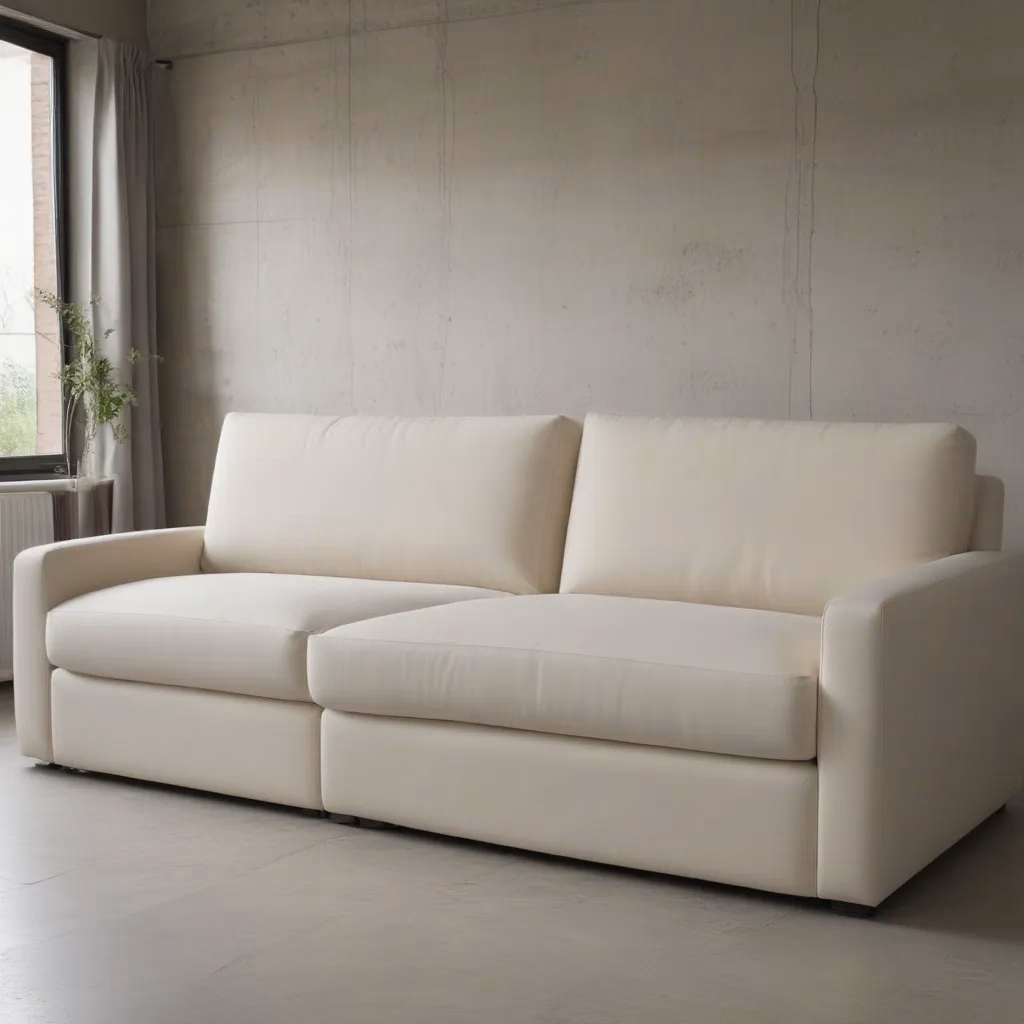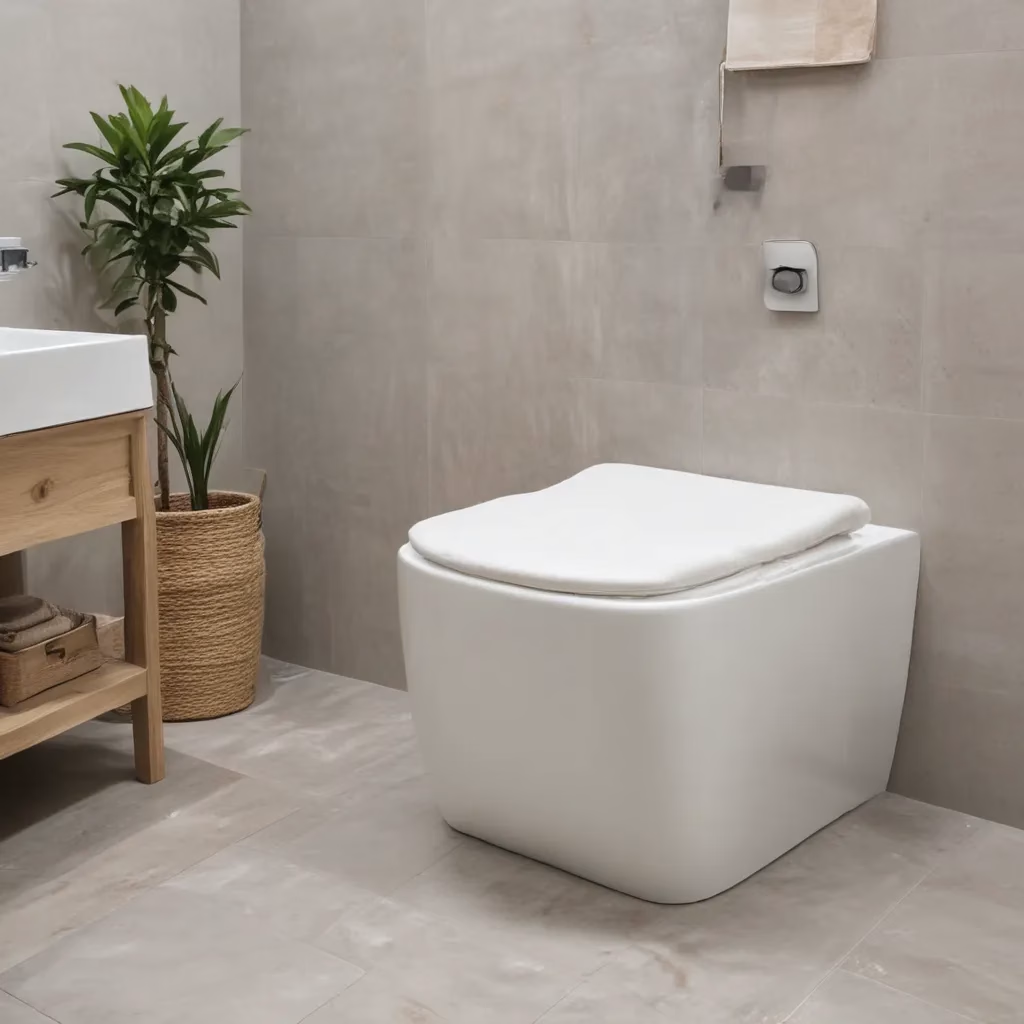
The Rise of Minimalist Sofa Design in the UK
In recent years, the UK has witnessed a significant shift towards minimalist sofa designs. This trend reflects a broader movement in interior design that values simplicity, functionality, and clean aesthetics. Homeowners and designers alike are embracing sofas with streamlined silhouettes, recognising their ability to create a sense of space and tranquillity in living areas.
The appeal of minimalist sofas lies in their versatility and timeless quality. These pieces feature clean lines, simple shapes, and a lack of ornate details, allowing them to complement a wide range of interior styles. From contemporary urban flats to traditional country homes, minimalist sofas can adapt to diverse settings while maintaining their sophisticated appeal.
One of the key characteristics of minimalist sofa design is the focus on form and function. Designers prioritise comfort and practicality without sacrificing visual appeal. This approach results in sofas that not only look sleek and modern but also provide excellent support and relaxation. The simplicity of these designs often belies the careful consideration given to ergonomics and user experience.
Key Features of Minimalist Sofa Silhouettes
Clean Lines and Geometric Shapes
Minimalist sofas are characterised by their straight lines and geometric forms. These designs often feature rectangular or square shapes with crisp edges and angles. The absence of curves and ornate details creates a sense of order and calm in the living space.
Designers achieve this look through careful construction techniques that emphasise precision and symmetry. The frame of the sofa is typically crafted to maintain its shape over time, ensuring that the clean lines remain intact even with regular use.
Some minimalist sofas incorporate subtle curves or rounded edges to soften the overall appearance while still maintaining a streamlined silhouette. These design choices can add a touch of warmth to the piece without compromising its minimalist aesthetic.
Low Profiles and Slim Proportions
Another hallmark of minimalist sofa design is the tendency towards low profiles and slim proportions. These sofas often sit closer to the ground and feature thinner cushions and backrests compared to traditional styles. This design approach creates an illusion of more space in the room and contributes to a modern, uncluttered look.
The slim proportions of minimalist sofas also make them ideal for smaller living spaces, which are increasingly common in UK homes. These designs can help maximise floor space while still providing comfortable seating options for residents and guests.
Despite their slim appearance, well-designed minimalist sofas do not compromise on comfort. Manufacturers use high-quality materials and innovative cushioning techniques to ensure that these sofas provide adequate support and cosiness.
Monochromatic and Neutral Colour Palettes
Minimalist sofas often feature monochromatic or neutral colour schemes. Shades of grey, beige, white, and black are particularly popular choices in the UK market. These colours complement the clean lines of the sofa and contribute to a sense of calm and sophistication in the living space.
The use of neutral colours also allows minimalist sofas to serve as versatile backdrop for other design elements in the room. Homeowners can easily update their decor with colourful cushions, throws, or artwork without clashing with the sofa’s aesthetic.
Some designers are experimenting with bolder colour choices for minimalist sofas, but these tend to be solid, uniform hues rather than patterns or prints. This approach maintains the streamlined look while adding a pop of colour to the room.
Materials and Textures in Minimalist Sofa Design
Choosing the Right Upholstery
The choice of upholstery plays a crucial role in the overall look and feel of a minimalist sofa. Designers and manufacturers carefully select materials that enhance the clean lines and simple forms of these pieces. Here’s a comparison of popular upholstery options for minimalist sofas:
| Material | Pros | Cons | Maintenance |
|---|---|---|---|
| Leather | Durable, easy to clean, ages well | Can be expensive, may feel cold initially | Regular dusting, occasional conditioning |
| Linen | Natural, breathable, soft texture | Prone to wrinkling, can stain easily | Regular vacuuming, prompt stain removal |
| Wool | Resilient, warm, naturally stain-resistant | Can be scratchy, may pill over time | Regular brushing, professional cleaning recommended |
| Synthetic blends | Affordable, resistant to fading, easy to clean | May lack the luxurious feel of natural fabrics | Regular vacuuming, spot cleaning as needed |
When selecting upholstery for a minimalist sofa, it’s important to consider not only the aesthetic appeal but also the practical aspects such as durability and ease of maintenance. Many UK consumers are opting for performance fabrics that offer stain resistance and easy cleaning, particularly in households with children or pets.
Textural Elements in Minimalist Design
While minimalist sofas prioritise simplicity in form, they often incorporate subtle textural elements to add depth and interest to the piece. This can be achieved through the choice of upholstery material or through design details such as tufting or stitching patterns.
For example, a minimalist sofa upholstered in a textured linen fabric can provide visual and tactile interest without detracting from the overall streamlined silhouette. Similarly, a leather sofa with a natural grain can add character to the piece while maintaining its sleek appearance.
Some designers are experimenting with mixed materials in minimalist sofa design, such as combining fabric upholstery with metal or wood accents. These combinations can create a subtle contrast that enhances the sofa’s visual appeal without compromising its minimalist aesthetic.
The Role of Frame Materials
The frame of a minimalist sofa plays a crucial role in both its appearance and durability. Common frame materials include:
- Hardwood: Offers excellent durability and stability, ideal for long-lasting pieces.
- Engineered wood: Provides a more affordable option while still offering good strength.
- Metal: Can create ultra-slim profiles and modern aesthetics, often used in combination with wood.
The choice of frame material can influence the overall look of the sofa, particularly in designs where the frame is partially visible. For instance, a sofa with exposed metal legs can create a more industrial or contemporary feel, while wooden legs might lend a warmer, more natural appearance.
Comfort and Functionality in Minimalist Sofa Design
Balancing Aesthetics and Comfort
One of the challenges in minimalist sofa design is striking the right balance between sleek aesthetics and comfortable seating. UK consumers are increasingly looking for sofas that not only look good but also provide excellent comfort for everyday use.
Designers address this challenge through careful consideration of ergonomics and the use of high-quality cushioning materials. Some techniques employed include:
- Varying foam densities to provide both support and softness
- Incorporating memory foam or gel-infused layers for enhanced comfort
- Using feather and down mixes in cushions for a plush feel without compromising the clean lines
Many minimalist sofas feature removable cushions, allowing users to adjust the firmness and arrangement to suit their preferences. This adaptability ensures that the sofa remains comfortable over time and can accommodate different seating needs.
Modular and Multifunctional Designs
Minimalist sofa design often incorporates modular and multifunctional elements to enhance versatility and functionality. These features are particularly appealing in the UK, where living spaces may be limited, and furniture needs to serve multiple purposes.
Modular sofas allow users to reconfigure the seating arrangement to suit different occasions or room layouts. This flexibility is achieved through individual sections that can be easily moved and rearranged.
Some minimalist sofas also incorporate storage solutions, such as hidden compartments under the seats or in the armrests. These features help maintain the clean, uncluttered look of the sofa while providing practical storage options for small living spaces.
Technology Integration
As technology becomes increasingly integrated into home life, some minimalist sofa designs are incorporating tech-friendly features without compromising their sleek appearance. These may include:
- Built-in USB charging ports
- Wireless charging pads integrated into side tables or armrests
- Smart fabric options that resist stains and odours
These technological additions are designed to be subtle and unobtrusive, maintaining the clean lines and simplicity that define minimalist sofa design.
Incorporating Minimalist Sofas into UK Home Decor
Creating a Cohesive Living Space
When incorporating a minimalist sofa into a UK home, it’s important to consider how it will interact with other elements in the room. The clean lines and simple forms of these sofas can serve as an anchor for the overall design scheme.
To create a cohesive look:
-
Complement the sofa with similarly streamlined furniture pieces: Choose coffee tables, side tables, and storage units with clean lines and simple shapes.
-
Use a consistent colour palette: Select accent pieces and decor items that complement the sofa’s colour, creating a harmonious visual flow.
-
Incorporate texture through accessories: Add depth to the space with textured cushions, rugs, or wall hangings that contrast with the sofa’s smooth surfaces.
-
Maintain open space: Avoid cluttering the area around the sofa to preserve the sense of openness and simplicity.
-
Consider lighting: Use minimalist lighting fixtures that echo the clean lines of the sofa and enhance the overall aesthetic.
Mixing Minimalist Sofas with Other Design Styles
While minimalist sofas are often associated with contemporary interiors, they can also work well in more traditional or eclectic UK homes. The key is to find the right balance and create intentional contrasts.
In a traditional setting, a minimalist sofa can serve as a modern counterpoint to more ornate furnishings. This juxtaposition can create an interesting visual dynamic and prevent the space from feeling too formal or dated.
For eclectic interiors, a minimalist sofa can act as a neutral foundation, allowing other unique or colourful pieces to shine. The sofa’s simple form can help tie together diverse elements and prevent the space from feeling chaotic.
Maximising Small Spaces with Minimalist Sofas
Many UK homes, particularly in urban areas, face space constraints. Minimalist sofas are well-suited to these environments due to their slim profiles and clean lines. To make the most of a small living area:
-
Choose a sofa with raised legs: This creates a sense of openness and allows light to flow underneath, making the room feel larger.
-
Opt for light colours: Pale-coloured sofas can help reflect light and create the illusion of more space.
-
Consider a corner or L-shaped design: These configurations can maximise seating without taking up too much floor space.
-
Use multifunctional pieces: Look for minimalist sofas that incorporate storage or can convert into beds for guests.
-
Keep surrounding decor minimal: Avoid overcrowding the space with too many accessories or bulky furniture items.
By thoughtfully incorporating a minimalist sofa into a small space, UK homeowners can create a stylish and functional living area that feels open and inviting.
The Future of Minimalist Sofa Design in the UK
Sustainable Materials and Production
As environmental concerns continue to influence consumer choices in the UK, the future of minimalist sofa design is likely to see an increased focus on sustainability. This trend is manifesting in several ways:
-
Use of eco-friendly materials: Designers are exploring upholstery options made from recycled fabrics, organic cotton, and other sustainable sources. Similarly, frame materials may increasingly include responsibly sourced wood or recycled metals.
-
Low-impact manufacturing processes: Furniture makers are adopting production methods that reduce energy consumption, minimise waste, and limit the use of harmful chemicals.
-
Longevity and repairability: The simplicity of minimalist designs often lends itself well to repair and refurbishment, aligning with the growing desire for furniture that lasts longer and can be updated rather than replaced.
-
Circular economy concepts: Some manufacturers are exploring take-back programmes or modular designs that allow for easy recycling or repurposing of materials at the end of the sofa’s life.
These sustainable practices not only appeal to environmentally conscious consumers but also often result in high-quality, durable products that align well with the principles of minimalist design.
Advancements in Comfort Technology
While maintaining their streamlined aesthetics, future minimalist sofas are likely to incorporate advanced comfort technologies. These innovations aim to enhance the user experience without compromising the clean, simple look that defines minimalist design.
Potential advancements include:
- Smart cushioning systems: Foam and spring technologies that adapt to individual body shapes and sitting positions for optimal support.
- Temperature-regulating materials: Fabrics and fillings that help maintain a comfortable temperature, particularly relevant in the UK’s variable climate.
- Customisable firmness: Electronic or mechanical systems that allow users to adjust the sofa’s firmness to their preference.
- Ergonomic enhancements: Subtle design features that improve posture and comfort during extended periods of sitting.
These technological improvements will likely be integrated in ways that preserve the sofa’s minimalist appearance, with controls and mechanisms hidden from view.
Evolving Aesthetic Trends
While the core principles of minimalist sofa design – clean lines, simple forms, and uncluttered aesthetics – are likely to endure, the specific expressions of these principles may evolve to reflect changing tastes and cultural influences.
Some potential trends in the UK market include:
-
Softer minimalism: A move towards slightly softer forms and more organic shapes while maintaining an overall minimalist aesthetic.
-
Textural exploration: Increased use of tactile materials and subtle surface variations to add depth to minimalist designs.
-
Colour evolution: While neutral tones will likely remain popular, there may be a gradual introduction of more varied colour palettes in minimalist sofa design.
-
Cultural fusion: Incorporation of design elements from various cultural traditions, reinterpreted through a minimalist lens.
-
Artistic collaborations: Partnerships between furniture designers and artists to create limited edition or bespoke minimalist sofas that blur the line between furniture and art.
These evolving trends will allow minimalist sofas to remain relevant and appealing to a wide range of UK consumers, from those seeking classic simplicity to those looking for more expressive pieces.
Conclusion: The Enduring Appeal of Minimalist Sofa Silhouettes
Minimalist sofa silhouettes have firmly established themselves as a significant trend in UK interior design, and their popularity shows no signs of waning. The appeal of these streamlined, sophisticated pieces lies in their ability to combine aesthetic beauty with practical functionality – a combination that resonates strongly with UK consumers.
As we’ve explored throughout this article, minimalist sofas offer numerous benefits:
- They create a sense of space and calm in living areas, particularly valuable in urban environments where space may be at a premium.
- Their versatile design allows them to complement a wide range of interior styles, from contemporary to traditional.
- The focus on quality materials and construction often results in durable, long-lasting pieces that represent good value for money.
- Their simple forms lend themselves well to sustainable design practices and future-focused innovations.
Looking ahead, the evolution of minimalist sofa design is likely to be driven by advancements in materials, comfort technologies, and a continued focus on sustainability. These developments will ensure that minimalist sofas remain not just visually appealing but also increasingly comfortable and environmentally responsible.
For UK homeowners and interior designers, minimalist sofas offer a compelling solution to the perennial challenge of creating living spaces that are both beautiful and functional. Whether used as a statement piece in a carefully curated room or as a versatile foundation for changing decor styles, these sofas provide a timeless elegance that can adapt to evolving tastes and needs.
As you consider updating your living space, exploring the world of minimalist sofa designs could be an excellent starting point. Websites like Sofa Spectacular offer a range of options that can help you find the perfect minimalist sofa to suit your style and needs. By choosing a minimalist sofa, you’re not just selecting a piece of furniture – you’re investing in a design philosophy that values simplicity, quality, and enduring style.



